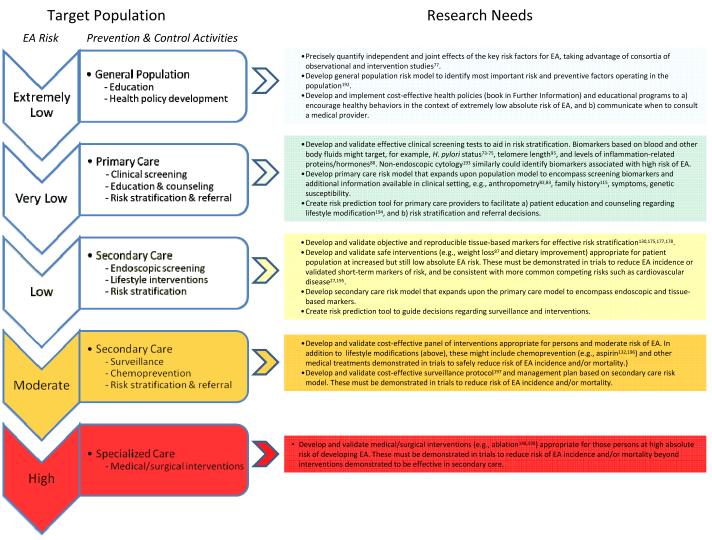Figure 3. Prevention and control of oesophageal adenocarcinoma.
A new strategy is proposed to build on research advances and overcome the limitations inherent in current approaches to controlling EA incidence and mortality (see Figure 2 and Box 2). A key goal is to cost-effectively classify persons into increasingly high-risk target populations (left side of figure), based on comprehensive risk models using the increasing amount and sophistication of information available in each setting. Each stratum then can be offered programs of prevention and early detection appropriate for their absolute risk of developing EA. A key to success of such an approach is substantial improvement of specificity at each stratum, most likely aided by blood and tissue-based biomarkers of risk, which will allow identification of the large fraction of persons who are unlikely to develop EA, allowing them to avoid or minimize worrisome, costly and risky endoscopic surveillance and interventions. At each level of risk, research needed to create effective prevention programs is listed on the right side of the figure. As suggested by Khoury, et al.199, such translational research typically involves developing and validating tests, risk models and prediction tools, and implementing corresponding preventive interventions in the target population/setting, followed by an evaluation component (not shown) to identify tools and interventions in need of improvement. Abbreviations: EA, oesophageal adenocarcinoma; BE, Barrett’s oesophagus.

